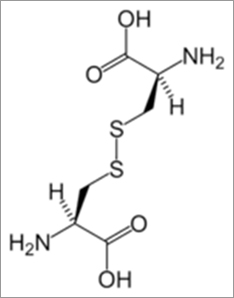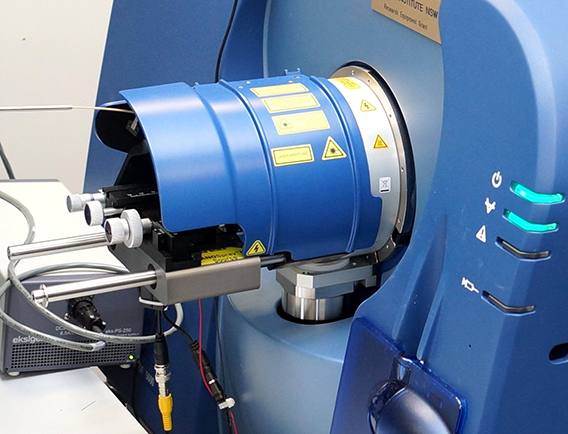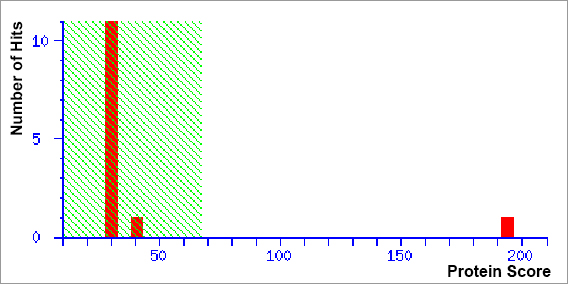APAF Newsletter Vol. 2 No. 2
Welcome to APAF's Summer 2012 newsletter.
APAF has recently installed two state-of-the-art Orbitrap mass spectrometers to complement our range. We are the first Australian team to install the Orbitrap Velos Elite with ETD, which offers multiple fragmentation methods with high mass accuracy and resolution, all ideal features for characterising post-translational protein modifications. Additionally, the Q-Exactive Orbitrap will augment our existing expertise in proteomic profiling workflows. With the installation and initial training completed we are ready to accept your projects.
Measuring Aminothiols reduced and oxidised

Increases in concentration of thiol compounds glutathione (GSH), Cysteine (Cys) and Homocysteine (HCys) are correlated with several diseases. These aminothiols possess anti-oxidative and auto-oxidative properties and perform several vital functions in cells. Separation techniques, including gas chromatography, high performance liquid chromatography, and capillary electrophoresis, have been developed for the determination of thiol compounds in biological samples. APAF staff have developed an Ultra Pressure Liquid Chromotography method for measuring these aminothiols in their reduced and oxidised forms. Read more.
MRMHR now available at APAF

Targeted proteomics using multiple reaction monitoring (MRM) mass spectrometry is becoming an increasingly popular choice for quantitating specific sets of proteins in biological systems. While MRM represents the most sensitive MS approach to pathway mapping, challenges arise due to the need to construct MRM assays that are unique for the peptide of interest. Furthermore, the assay development steps can be slow as due to the need translate across different instrument platforms (i.e. Q-Tof to QQQ). Read more
Matrix Science MASCOT review your results online

APAF uses the MASCOT search algorithm for matching of peptide LC/MS/MS data with protein databases. We have now introduced a remote on-line viewer enabling our clients to review their search results over the internet. Remote viewing of MASCOT results using HMTL is advantageous as all pages are “live”, enabling clicking on hyperlinks. This allows researchers to view their peptide spectra, refine their search results and link through to external pages. Access to data files is secure through the use of login and passwords. Read more
For example see http://bio.proteome.org.au/
